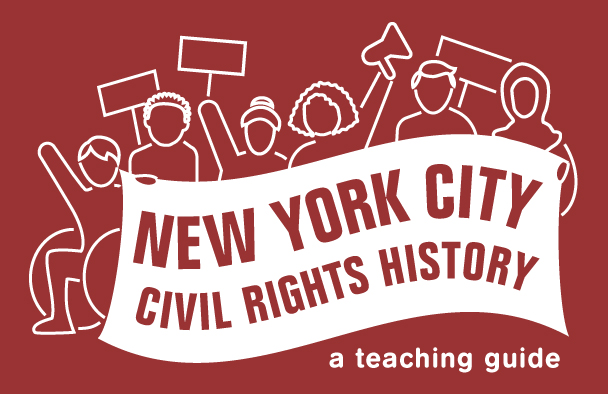- Racism and ableism have worked together to produce segregated schools in New York City.
Who goes to school where in NYC? This important question has been answered in a variety of ways over time. One continuous pattern, though, is that racism and ableism have shaped who has access to schools, where they are educated, and what type of schooling they receive. New York built more and more public schools throughout the 1800s, yet Disabled students remained largely excluded from public schooling. Furthermore, Black students were assigned only to segregated Black schools with fewer resources than segregated white schools. Although New York State ended legal segregation in its schools by race in 1900, a variety of policies continued to racially segregate students and wholly exclude most Disabled students from schooling.1
Historically, racism and ableism have worked together in harmful ways toward students of color, and especially Black and Latinx Disabled students. In the present, policies and practices allow educators to use disability to segregate schools (or classrooms, or programs within schools) by race. For example, Black and Latinx students frequently receive disability labels and are assigned to “special education” classes while more White and Asian students are placed in honors classes, and given the label of “gifted and talented.” Students with similar needs and behaviors have often been classified differently depending upon their race - with more white students being identified with autism while Black students receive “behavior disorder” labels, for example.2
-
Keith A. Mayes, The Unteachables: Disability Rights and the Invention of Black Special Education (Minneapolis: University of Minnesota Press, 2023); Francine Almash, “New York City ‘600’ Schools and the Legacy of Segregation in Special Education,” The Gotham Center for New York City History, June 21, 2022, https://www.gothamcenter.org/blog/new-york-city-600-schools-and-the-legacy-of-segregation-in-special-education. ↩︎
-
Cheri Fancsali, “Special Education in New York City: Understanding the Landscape,” The Research Alliance for New York City Schools at NYU Steinhardt, 2019,https://steinhardt.nyu.edu/sites/default/files/2021-03/Special_Education_in_New_York_City_final.pdf.; Beth A. Ferri and David J. Connor, Reading Resistance: Discourses of Exclusion in Desegregation & Inclusion Debates (New York: Peter Lang, 2006). ↩︎
